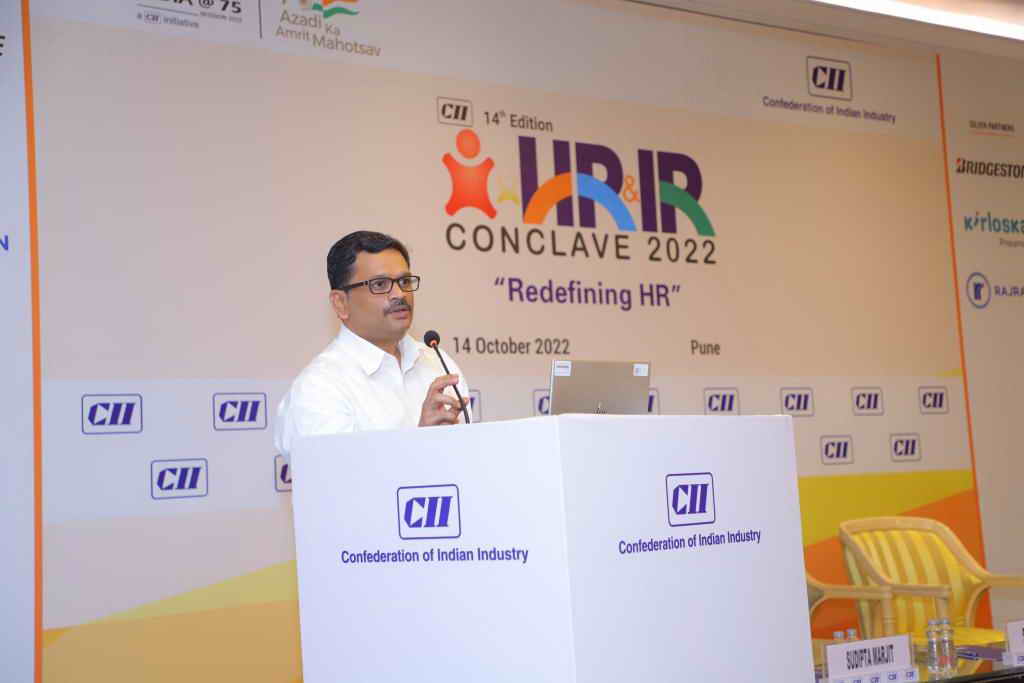This distinction may not be a need for every e-Learning professional. But when you know it, the demarcation will:
1. Interactive
2. Readable
3. Self-paced
This is opposed to content source formats that mostly are available in forms of
1. Static
2. Typed and
3. Heavy.
hence the transformation is required. Content Design is still an esoteric view of e-Learning and proves an entry-barrier to many organizations. This requires
1. Specialists
2. Continous presence of vendors at customer site and
3. Is deemed complex to understand from traditional IT process
These, coupled with IT priorities of a CIO, ensures taking the first step towards e-Learning enterprise a seemingly uphill tasks. Sample these regular challenges for implementing and driving e-Learning in organizations.
Content Re-purposing: is the set of tasks that seek to make the existing assets learning ready. The aim here is to re-use base content as much as possible. The source and end output are in same family and with intelligent process get managed from single source. The process requires 2 skills (Instruction and Interaction design with technical know how). The accent and importance is on reader-friendliness, web-compatible technologies. The aim is to give an experience on screen that is
For example: A Video capture needs topic identification, cleaning up the source to make them more flow-oriented, add preamble, topic leading phrases and making it in smaller chunks to assimilate information without overwhelming with the video details to get it in e-Learning shape.
The entry barriers are low. It requires simple tools and finding the required skills in a single person is relatively possible. (Skills are combination of learnedness and acquired skills.) Content repurposing is the busy manager's view of e-Learning as a typical

- Add value in scoping, and
- Aid in winning business with differential pricing. :)
1. Interactive
2. Readable
3. Self-paced
This is opposed to content source formats that mostly are available in forms of
1. Static
2. Typed and
3. Heavy.
hence the transformation is required. Content Design is still an esoteric view of e-Learning and proves an entry-barrier to many organizations. This requires
1. Specialists
2. Continous presence of vendors at customer site and
3. Is deemed complex to understand from traditional IT process
These, coupled with IT priorities of a CIO, ensures taking the first step towards e-Learning enterprise a seemingly uphill tasks. Sample these regular challenges for implementing and driving e-Learning in organizations.
- A deep commitment of management,
- Dedicated bandwidth of resources for these projects and
- Understanding from senior management to sustain it during rollout to users which is another change initiative that requires psychological selling.
Content Re-purposing: is the set of tasks that seek to make the existing assets learning ready. The aim here is to re-use base content as much as possible. The source and end output are in same family and with intelligent process get managed from single source. The process requires 2 skills (Instruction and Interaction design with technical know how). The accent and importance is on reader-friendliness, web-compatible technologies. The aim is to give an experience on screen that is
- Media-oriented
- Learner Centric break down
- Modular-chunked to make them self-paced and
- Interactive with pre-defined templates
For example: A Video capture needs topic identification, cleaning up the source to make them more flow-oriented, add preamble, topic leading phrases and making it in smaller chunks to assimilate information without overwhelming with the video details to get it in e-Learning shape.
The entry barriers are low. It requires simple tools and finding the required skills in a single person is relatively possible. (Skills are combination of learnedness and acquired skills.) Content repurposing is the busy manager's view of e-Learning as a typical
- Low cost,
- Low risk,
- Low key initiative and
- That can be managed within given constraints.
- The much needed impetus and inputs to delve into a program of this nature.
- Allow for enough user feedback before committing budget to a full fledged e-Learning program.
- Provide time for iterations in enabling users learn more and more through e-Learning models.
- Give credibility and reduce risks towards achieving goals of learning organization.




No comments:
Post a Comment